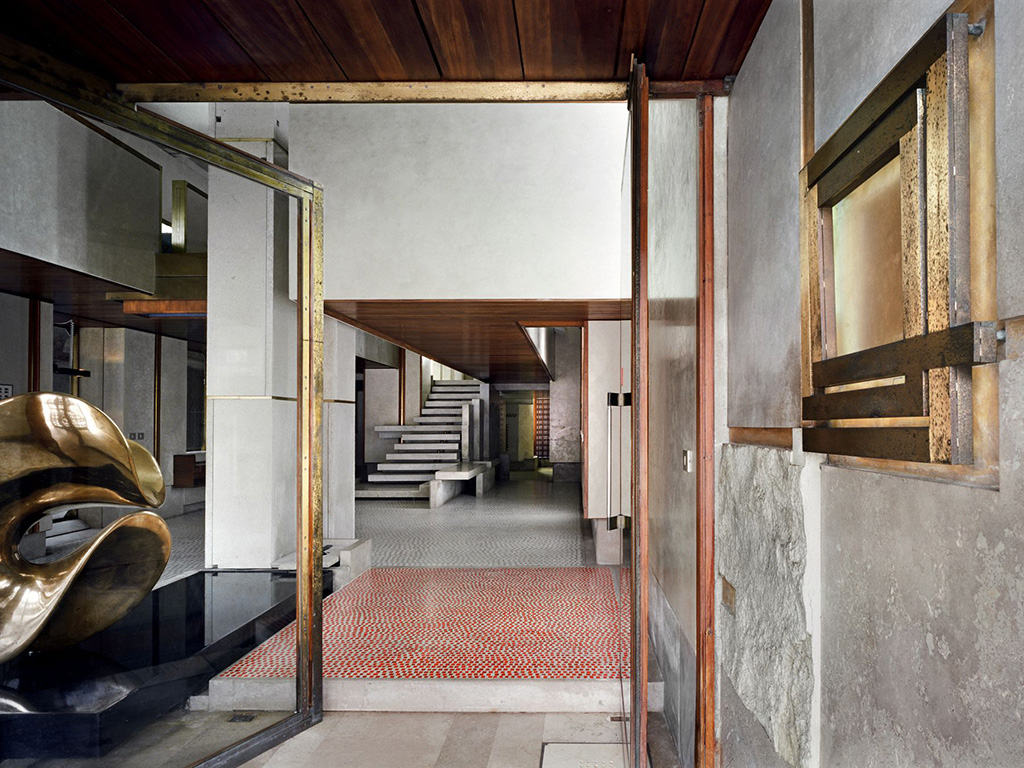

Carlo Scarpa e l'architettura degli anni Sessanta: il negozio Olivetti e la Fondazione Querini Stampalia
The great architect Carlo Scarpa (Venice 1902 - Sendai 1978) had a unique ability to "read" historic places, and to understand the particular force and meaning they had in their contemporary urban settings. the transformation of a building occurred always in this harmonious context.
This can be seen especially in Venice, his hometown. Here Scarpa was able to achieve in his works an extraordinary balance between the substantive and weighty history of Venetian architecture and his understanding of the present time.
In the Olivetti Shop in Piazza San Marco, that was intended by Adriano Olivetti, who commissioned the work, to be a "calling card" for his typewriter industry, scarpa transformed a long and narrow room into an elegant, vertical space. Although he uses traditional materials such as mosaic, terrazzo, brass and white stone, he gives them a modern twist through the way he handles them.
On the ground floor of the 16th-century palazzo Querini Stampalia, scarpa created a harmonious path to unite the different spaces: the new access bridge, the canal at the front and at the back the courtyard with the garden. Materials such as stone and marble interact with the natural surrounding of water, plants and light.
A more comprehensive overview of the work of Carlo Scarpa include the Correr Museum, where there are rooms that preserve the original setting and the entrances to the Faculty of Humanities in San Sebastiano and to the Faculty of Architecture at the Tolentini. Both entrances were completed posthumously by Scarpa's collaborators, based on his original designs.


